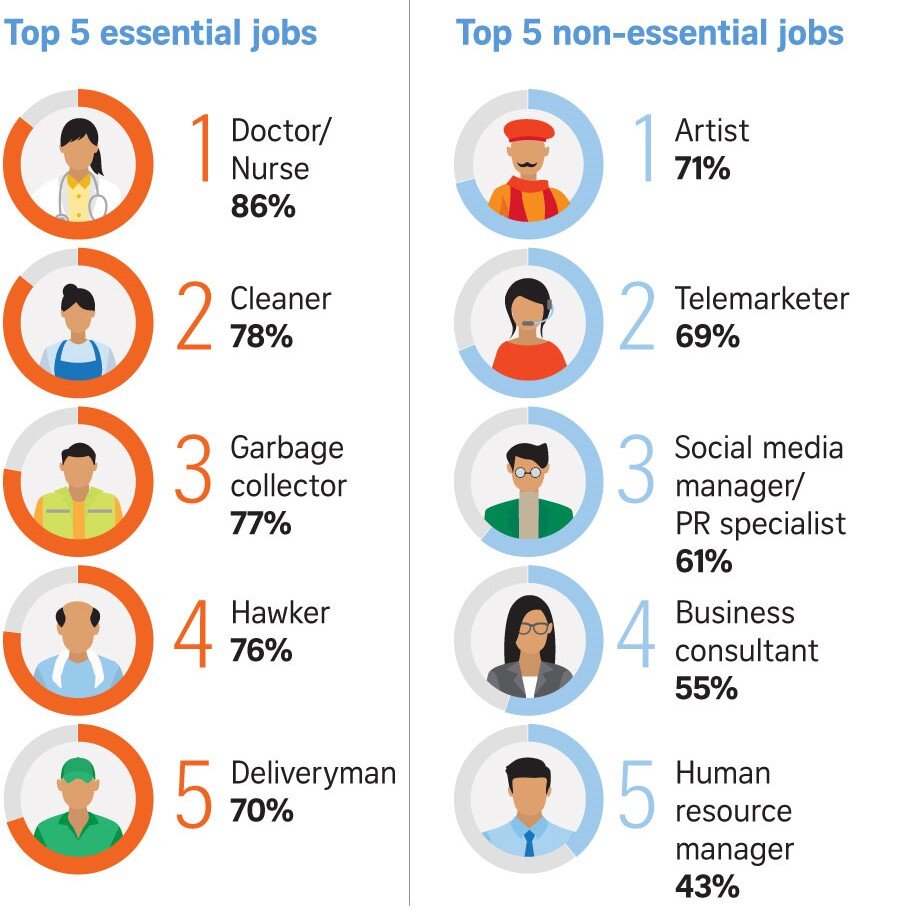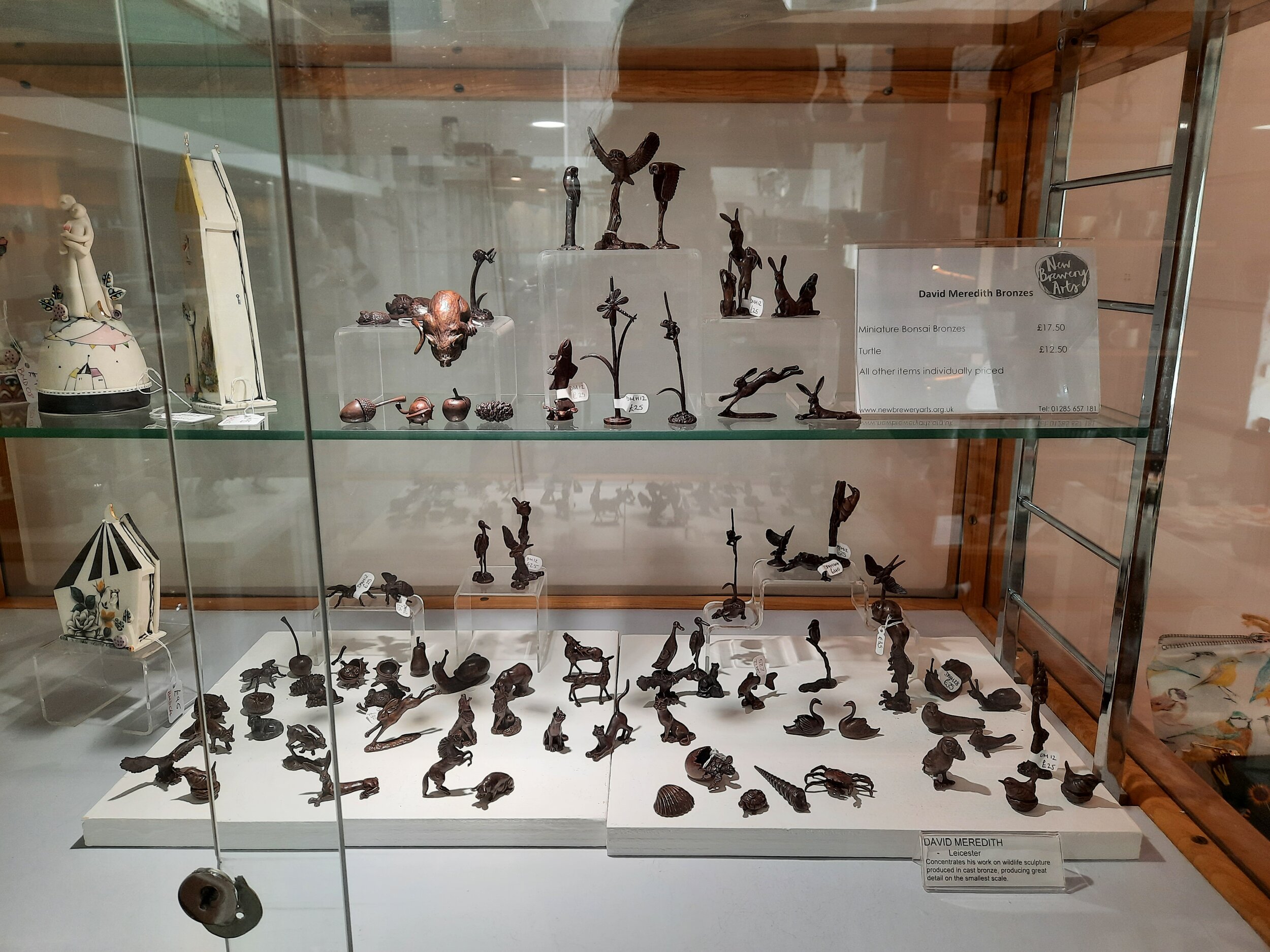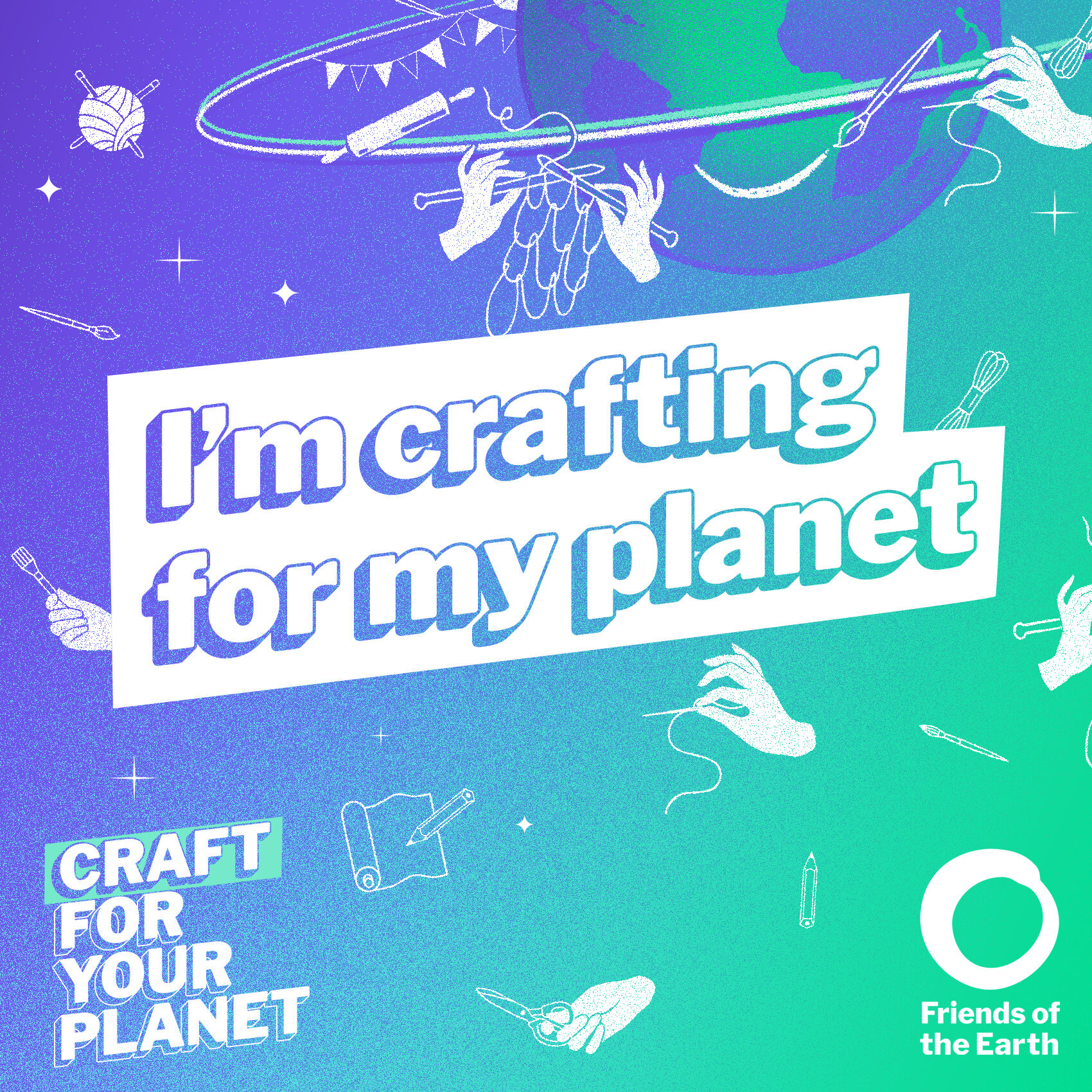The past year and a half has been a rollercoaster, to say the least. We all experienced the pandemic differently. But it would be safe to assume that for most of us, it has been an opportunity to reassess our priorities.
Graphic from the Straits Times
Do you recall the newspaper article that circulated last year about the top 5 non-essential jobs? 'Artist’ featured at the top of that list. It turns out the survey only asked 1,000 people, and the article was for a Singaporean newspaper. Not exactly representative, however it caused many of us to question how much the arts were valued in our society. After all, what would life have looked like last year without music, books, films, without anything creative to break up monotony? Suddenly, people everywhere seem to have a renewed appreciation for the arts. Potted plants and crafts. That’s how we occupied ourselves.
And a brave few actually went beyond experimenting with long-neglected hobbies. They made a real go of it, took to Instagram to showcase their work, and forged the career they had always dreamed of but hadn’t previously had the time to cultivate.
Performance by the UceLi Quartet to 2,292 potted plants at The Gran Teatre del Liceu, Barcelona
It wasn’t just the arts that welcomed a revival, many other aspects of life were thriving in our absence. Waters became cleaner, wildlife prospered, the air became less polluted. In an unexpected way, life got better. The pandemic allowed us a glimpse of what life could be like, both good and bad. I do believe that it has made us all more thoughtful, caring and conscious of the impact of our actions beyond the here and now. Although for many things we had to resort to online shopping - at great cost to independent businesses, some of which were unable to recover - with gradual increases in freedom, many more people are choosing to support local traders. All of this is what New Brewery Arts has been striving for since the start: supporting local, independent makers, living sustainably, celebrating joy in creativity. And we are elated that it’s a responsibility people are now keen to share. Living well is far more attainable when you’re united.
I read a book recently that said “our world runs in lagging parallel to fiction.” Between the lessons we have learned over the pandemic, and shifts in attitudes, the innovation and creativity that continues to emerge, this period of tribulation may actually serve as the catalyst for a sustainable, creative, better future.
We still have a way to go. Even with Freedom Day behind us, we need to practice caution and consideration. New Brewery Arts – as with many places – is experiencing reduced staff due to NHS pings. And while this is frustrating for the organisation and the public, as with everything else in life, there are silver linings where you choose to look for them. For the team at New Brewery Arts, we are all having to lend a hand elsewhere to ensure every aspect of the charity continues to run smoothly. We are learning new skills, discovering strengths we didn’t know we had, and realising what it is like to live in a colleague’s shoes. For you, it might be that you always attend a particular class with a particular friend, but this week they have to stay home. It may be that someone else takes their place, and just like that you’ve met someone new and made another life-long friend through a shared joy of crafts.
It is important we all remain open-minded; remember what we have learned, and continue to grow. And together we can create a better society.










